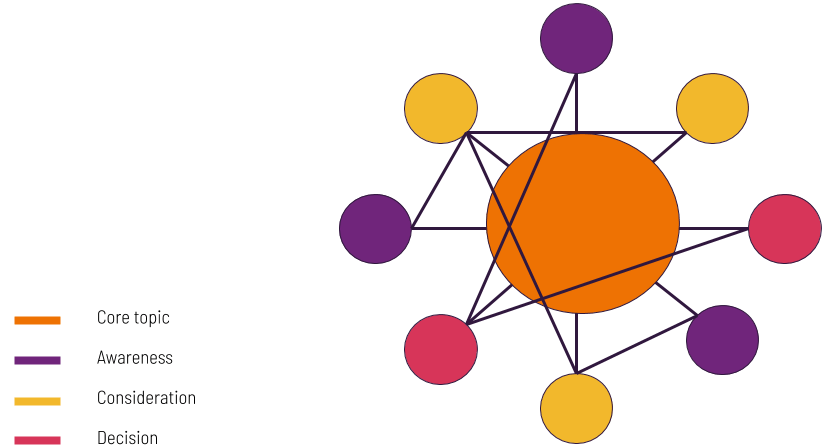Can your business afford to exclude video content from your marketing?
That’s what I’m exploring this week with my very special guest Justin Wastnage, the founder of Vloggi and the person that coined the term Vlog.
In Vloggi, Justin has created the world’s simplest video blogging platform that allows brands and communities to create their own vlog or crowdsource video content.
Did you know, because of its visual nature, 80% of users can recall a video ad they’ve seen in the past 30 days?
In my conversation with Justin we cover a wide range of topics including how to produce highly customised videos for your marketing on a small budget, developing a minimal marketable product and why a picture is worth 1,000 words, and video is worth 1.8 million words.
So please enjoy this special video episode with Justin Wastnage.
What you will learn in this episode

- How to produce highly customised videos in your marketing on a small budget
- How Justin built the Vloggi app
- Developing a minimal marketable product
- How talking to customers can change your product roadmap
- Why videos are such a powerful part of your marketing mix
- How to overcome the barriers to entry to make videos for your business
- If a picture is worth 1,000 words, a video is worth 1.8 million words
- Why a founder can’t do everything in their business
- The benefits of having marketing advisors
Resources mentioned
Get a free Vloggi template for your business by messaging Justin on LinkedIn Because of its visual nature, 80% of users can recall a video ad they’ve seen in the past 30 days Vloggi YouTube SlackWhat business you would build on Mars?

Get in touch with Justin
Justin on LinkedInTranscript










